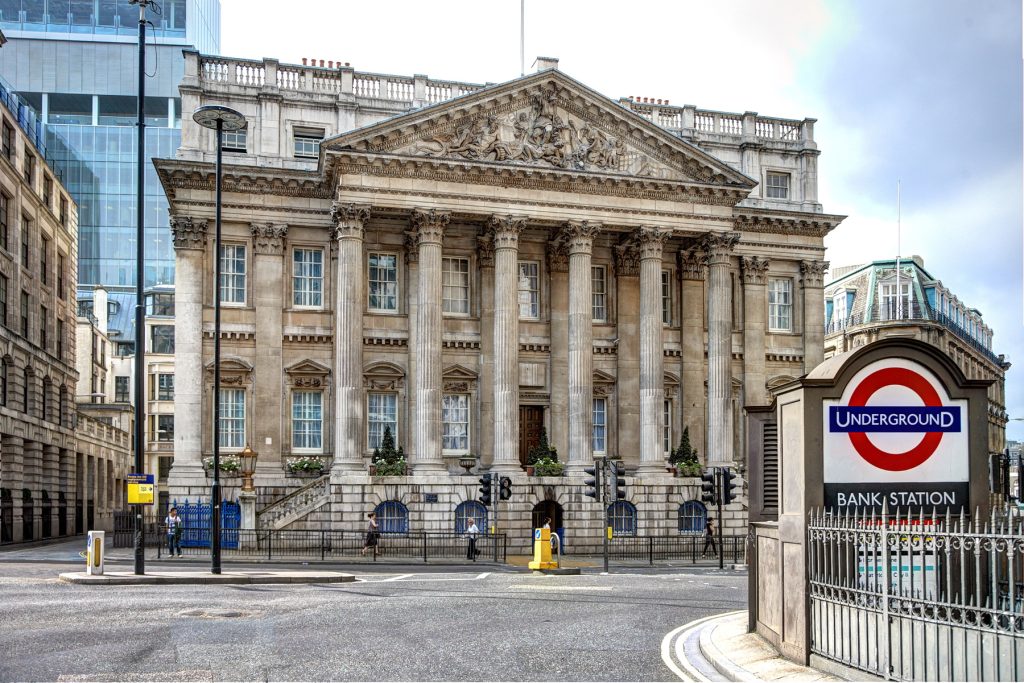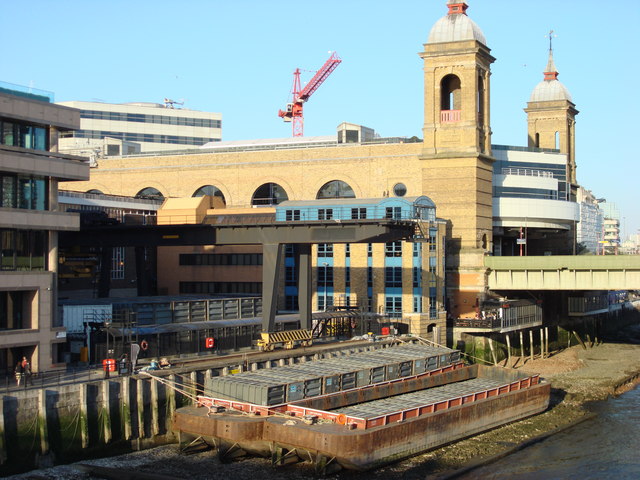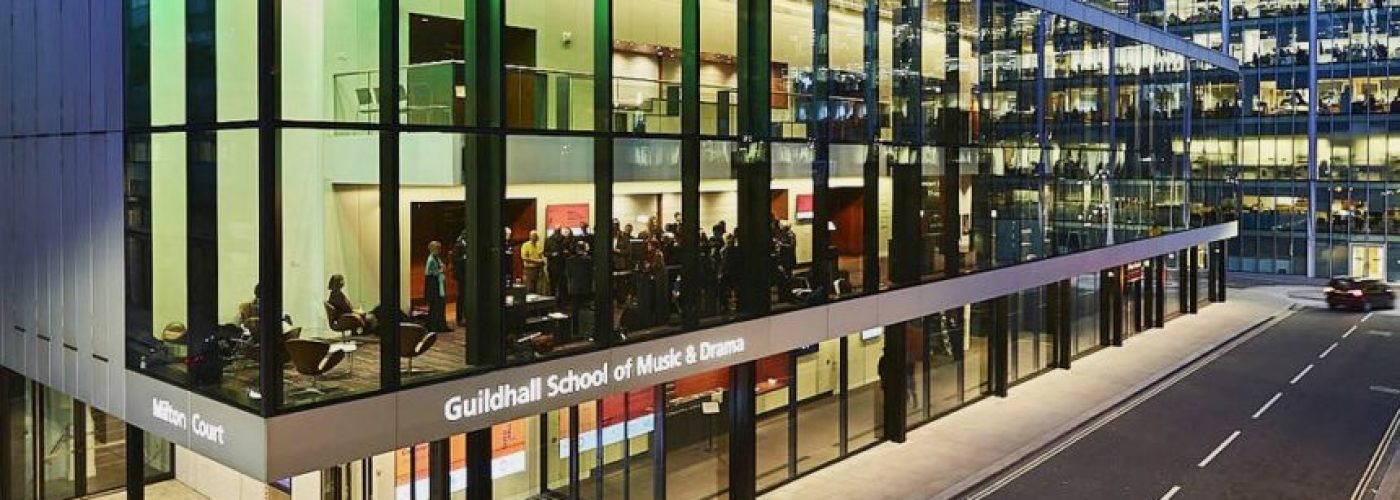Following the successful delivery of energy efficiency projects across seven of the City of London Corporation’s iconic buildings, Vital Energi have moved on to a second phase of works to further accelerate its journey to net zero.
Together, both phases will deliver annual carbon savings of over 1,500 tonnes and financial savings of £1.25m, forming a key part of the City Corporation’s ambitious strategy to achieve net zero carbon emissions across its operational estate by 2027, before reaching net zero across all its activities by 2040.
Bespoke decarbonisation plans have been developed for each building, incorporating the latest renewable technologies and energy conservation measures. These upgrades are designed to improve energy efficiency, reduce heat loss, and lower energy bills, while respecting the heritage and operational needs of each site.


Featured buildings:
- Mansion House – Built in the 1700s, this Grade I listed building serves as the official residence of the Lord Mayor of London. Air source heat pumps will be installed, along with and energy conservation measures (ECMs) including Building Management System (BMS) upgrades, draught proofing, insulation upgrades and cooling improvements.
- Walbrook Wharf – Air source heat pumps and a range of ECMs will be installed at this safeguarded freight wharf in the heart of the City of London, next to Cannon Street station.
- Guildhall School of Music & Drama – Founded in 1880 and located in the Barbican Centre, it has over 1,000 students from 70+ countries. The lighting will be elevated through LED lighting upgrades, including performance venue and theatre lighting.
- Heathrow Animal Reception Centre (HARC) – Air source heat pumps, solar PV, and a range of ECMs will be installed at HARC, the only UK border control post licensed for all animal species, which handles over 28 million fish, 100,000 reptiles, 22,000 cats and dogs, and 400 horses annually.
- The Warren (Epping Forest) – A Grade II* listed site and headquarters for Forest Keepers. Upgrades include air source heat pumps, LED lighting, insulation improvements, and other ECMs to support sustainable woodland management.
- The London Archives – The largest county record office in the UK, which is home to over 3.5 million historical documents, will benefit from solar PV installed on its roof, allowing the generate their own green electricity.
Alderman Alison Gowman, Climate Action Lead at the City of London Corporation, said:
“The built environment sector is the largest source of carbon emissions in the Square Mile, so our work with Vital to decarbonise City Corporation buildings is crucial for meeting our own net zero goals, as well as supporting the wider Square Mile net zero goal.
“Energy use is central to this challenge. By improving efficiency and investing in low-carbon energy solutions, such as heat pumps and solar power, we can make a real impact on the City Corporation’s energy emissions. We can also show it’s possible to make historic and operationally complex buildings part of a low-carbon future: Practical steps that turn climate ambition into tangible progress.
“Since launching our Climate Action Strategy in 2020, we have made strong progress in cutting carbon emissions and reducing climate risks – meaning we remain on track for net zero across our full value chain and the whole Square Mile by 2040.”
Scott Lutton, Regional Director at Vital Energi, said:
“We’re proud to be continuing our partnership with the City of London Corporation to deliver the next phase of decarbonisation works across some of the capital’s most iconic and historically significant buildings.
“By combining renewable technologies with tailored energy conservation measures, we’re not only helping to reduce carbon emissions and energy costs, but also supporting the Corporation’s bold commitment to achieving net zero across its own operations by 2027. Each building presents unique challenges, and our bespoke decarbonisation plans ensure that sustainability goes hand-in-hand with heritage and operational excellence.”
Learn more about phase one of the project here.
Building, Design & Construction Magazine | The Choice of Industry Professionals





